The arboretum that's been 30 years in the making by a dedicated, passionate family who are dreaming of what it could be in 3,000 years' time
Keen collectors sooner or later find their way to the outstanding trees and shrubs at Bluebell Arboretum in Derbyshire, writes Charles Quest-Ritson. It’s a wonderful sight at this time of year.
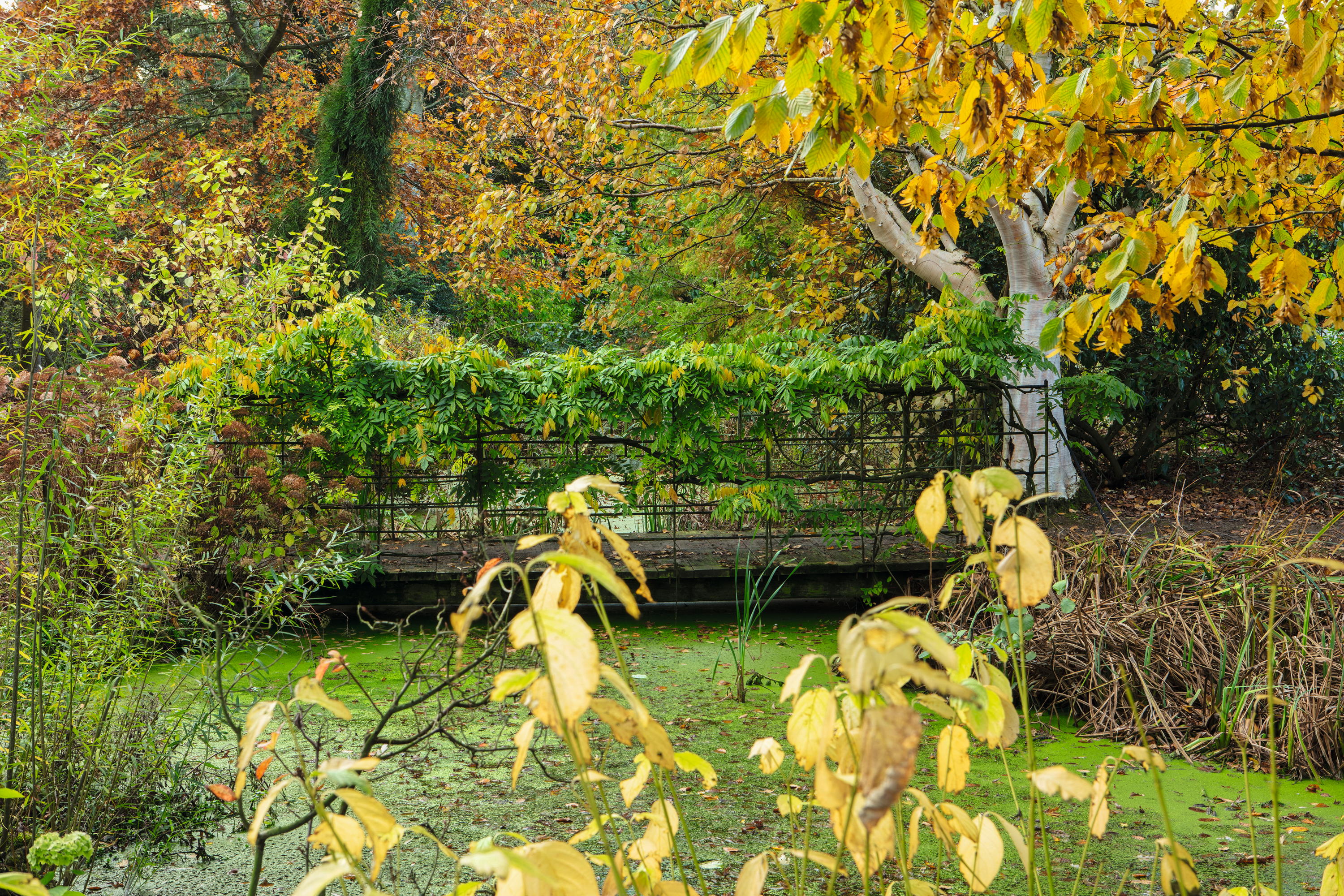

Bluebell Arboretum started life on March 11, 1992, when Robert and Suzette Vernon bought six acres on the borders of Derbyshire and Leicestershire. They celebrated their purchase later that day by planting two seedlings of Sequoiadendron giganteum, 4in high at the time, but well over 50ft today. Both trees have flourished, perhaps surprisingly, in the wet clay soil and the arboretum now has more than 75 giant redwoods.
The six acres are roughly split between the oldest part of the arboretum and the nursery that supports it, which uses its trees and shrubs as a source of propagating material. In 2004, the Vernons were able to buy another six acres to extend the arboretum and new plants are constantly added to the collection. Its great value — apart from the rare trees themselves — is that it shows what can be achieved in less than 33 years and is, therefore, an inspiration for would-be makers of arboreta who want to know to what they can aspire. It also demonstrates the use of trees and shrubs to create structure and the changing of colours through the seasons.
'The metasequoia hedge contains a hidden symbolism. It is almost exactly 36ft in diameter — the width of the trunk of the record-breaking General Sherman redwood in California. In the middle of the circular hedge is a young redwood, Sequoiadendron giganteum, which may also acquire that girth in 3,000 years’ time.'
The arboretum is laid out in an informal manner. The siting of new trees is decided when they are ready for planting, according to the space then available, the many microclimates and only after much thought for where the new plants would grow best. The fine design features include a deliberately irregular avenue of sequoias and a double row of all the wisteria cultivars that were given an Award of Garden Merit in the RHS’s recent trials. Mr Vernon is especially fond of two of those cultivars: Wisteria brachybotrys ‘Okayama’, which has coppery new leaves and rich violet flowers, and W. floribunda ‘Lawrence’, which he prunes Japanese-style as a cloud shape — a transformation that is not difficult to achieve and can be applied very successfully to many other cultivars.
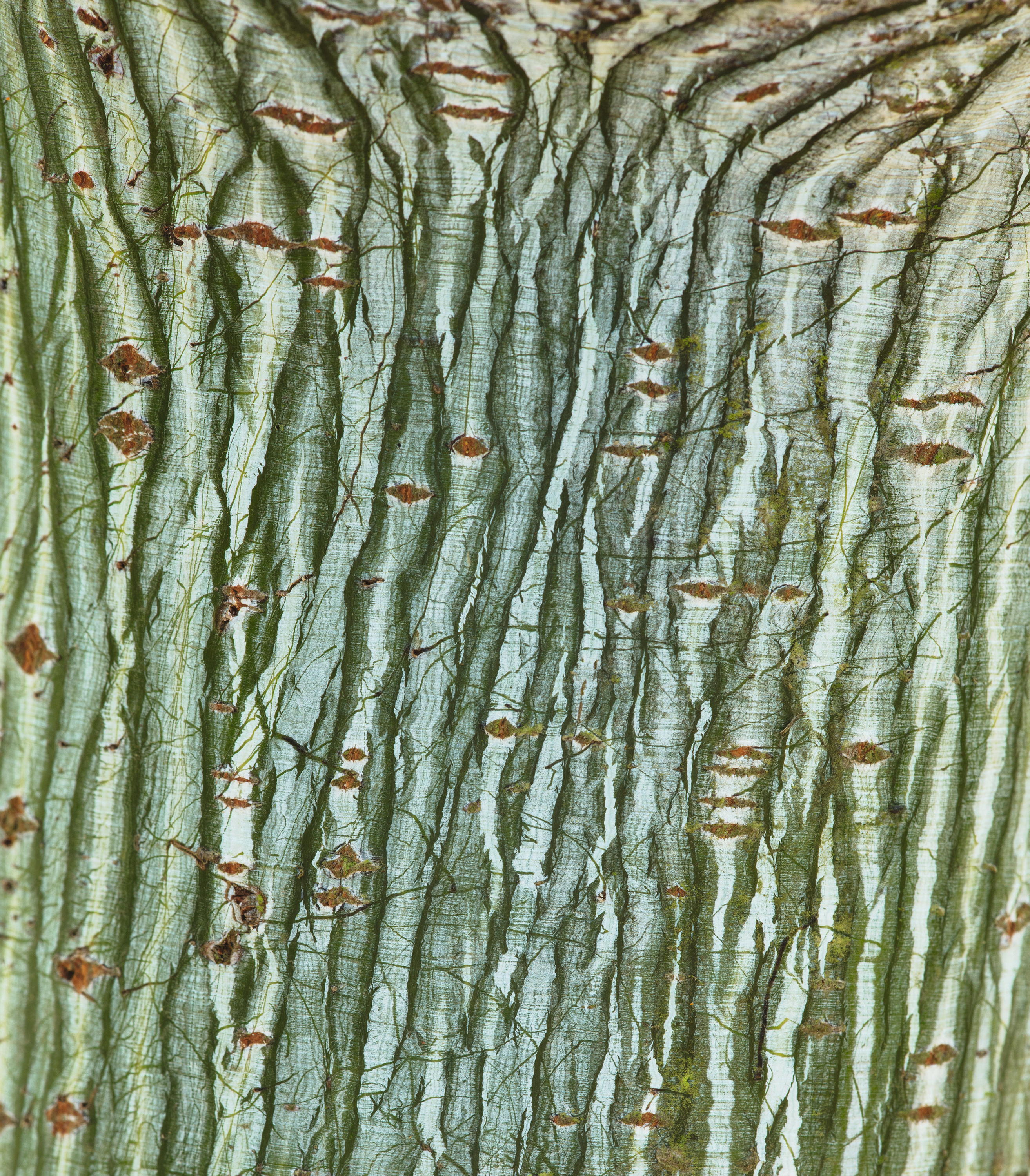
The trunk of Acer tegmentosum with handsome striated bark.
Perhaps the most original feature of the design — even unique — at Bluebell Arboretum is the clipped metasequoia hedge, which is clearly visible on Google Earth. Metasequoia glyptostroboides is the deciduous conifer that was known to botanists only as a fossil until rediscovered in the Chinese region of Hubei in 1943. It is capable of growing to a great height — as much as 150ft — but the Vernons planted a circle of metasequoia seedlings and cut them back to make a thick hedge no more than 6ft high, a wonderful sight in autumn when the leaves turn to gold or russet brown.
Several visitors have copied this choice of hedging in their own gardens, but the circle planted at Bluebell Arboretum contains a hidden symbolism. It is almost exactly 36ft in diameter — the width of the trunk of the record-breaking General Sherman redwood in California, US. In the middle of the circular hedge is a young redwood, Sequoiadendron giganteum, which may also acquire that girth in 3,000 years’ time.
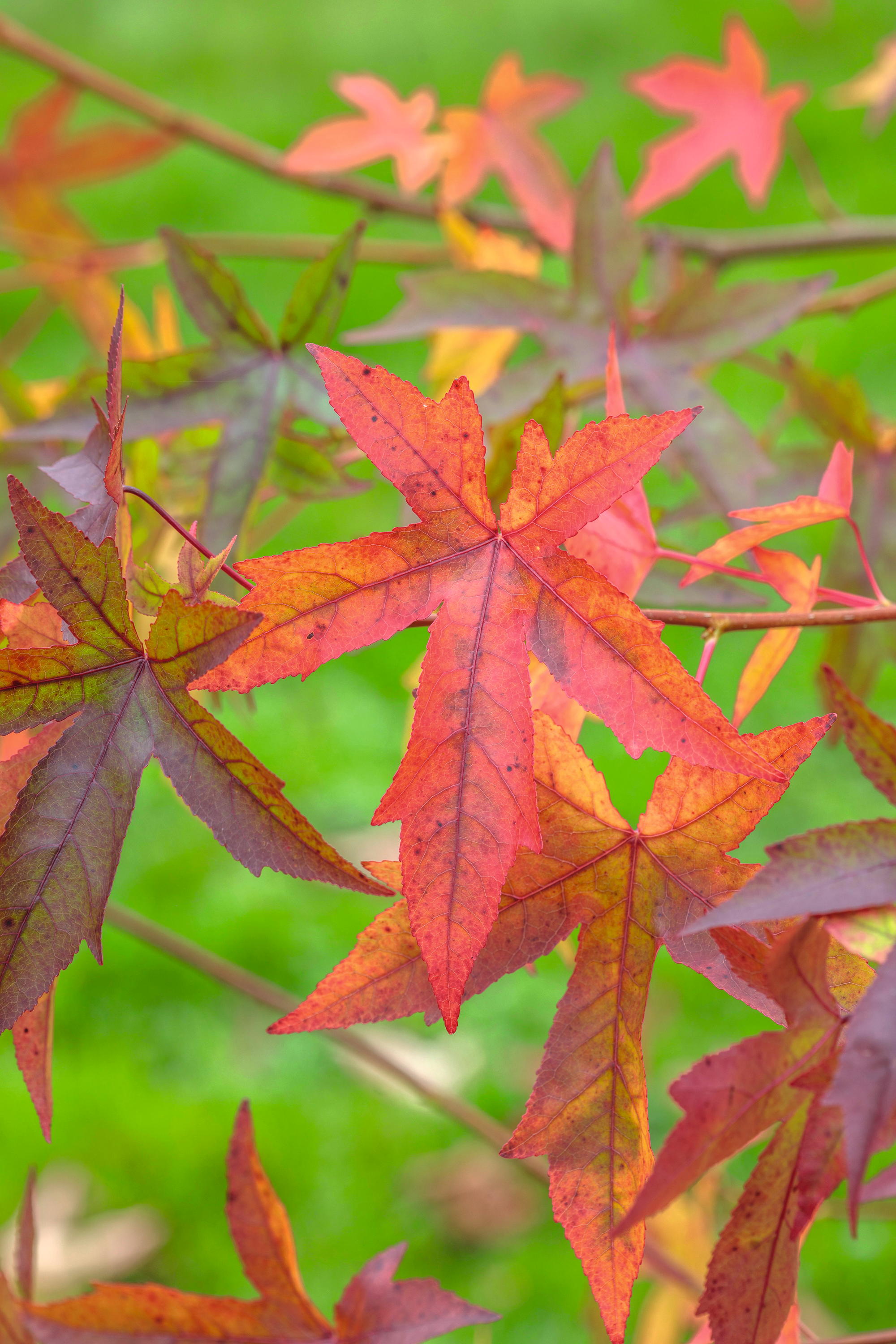
Viburnum plicatum ‘Popcorn’ can be planted in a container, but for best autumn colour, try to place it in a sunny spot.
The Vernons met as students at the Hillier Arboretum in Hampshire, the best 20th-century collection of woody plants in Britain, and, from the start, they were insatiable collectors of interesting and beautiful trees. They have an almost complete hand of Metasequoia cultivars, a substantial collection of maples and more than 100 magnolia species and cultivars. Flowering dogwoods are another speciality and so are birches with outstanding bark in winter — these are power-washed annually to show off their colours. Betula utilis is the most numerous species and the trunks of ‘Grayswood Ghost’ are among the best because they are indeed a ghostly white, but with lenticels — the horizontal stripes in the bark of all birches — of a pale buff-pink shade.
A post shared by Bluebell Arboretum and Nursery (@bluebellarboretumandnursery)
A photo posted by on
Other fine white-trunked forms include ‘Trinity College’ and ‘Silver Shadow’. B. utilis is variable in the wild and its bark may also be very dark in colour: a form called ‘Chris Lane’ in Bluebell Arboretum has chocolate-coloured bark with white lenticels, whereas ‘Bhutan Sienna’ has dark brown flaky bark that rivals the well-known Prunus serrula. Even more startling is B. dahurica ‘Maurice Foster’, a species characterised by its shaggy bark, but here a shade of brown-black that also has a metallic sheen. There is no better way to spend a morning at this time of the year than looking at Bluebell Arboretum’s birches as their last leaves turn to yellow and their bark in all its glory is revealed on the naked trunks and branches.
Exquisite houses, the beauty of Nature, and how to get the most from your life, straight to your inbox.
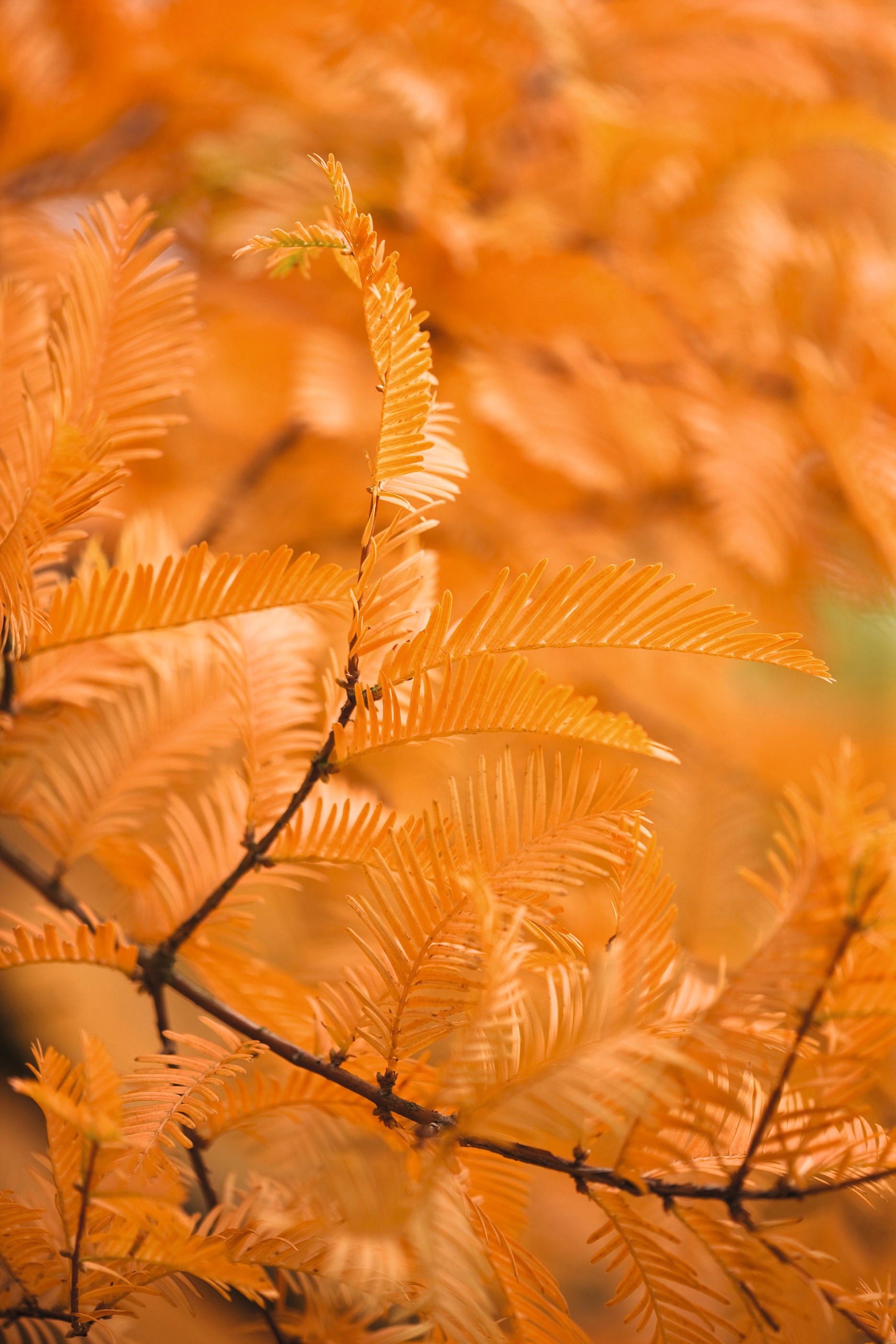
The autumn foliage of Metasequoia glyptostroboides, known as a fossil until rediscovered in 1943 in the Hubei region of China.
This is also the time of year at which to look at maples — the last of their autumn colour and the amazing patterns of their bark. Acer x conspicuum ‘Phoenix’ offers pure-yellow autumn colour, followed by bright-red twigs and striated bark in shades of orange, white and pink. It is, perhaps, the most brilliant maple in winter, although it has to compete with A. negundo ‘Winter Lightning’, which Mr Vernon prunes hard to show off its remarkable yellow stems — its leaves, too, turn pure yellow in late October.
Best of the all-rounders are the many forms of Acer palmatum, which have beauty to offer at every season. A. ‘Eddisbury’ has yellow autumn foliage, often tinged with red, and coral-coloured bark that rivals the better-known ‘Sango-Kaku’ (syn. ‘Senkaki’). ‘Eddisbury’ turned up as a seedling in Cheshire 50 years ago and has at last been honoured by the RHS’s Award of Garden Merit. Finally, among the hundreds of maple species and cultivars to admire at Bluebell Arboretum is a fastigiate form of our native field maple, A. campestre ‘William Caldwell’, positioned where it is much admired by visitors. It has all the virtues of the species, including beautiful yellow autumn colour, but a notably upright form of growth.
A post shared by Bluebell Arboretum and Nursery (@bluebellarboretumandnursery)
A photo posted by on
If you return to Bluebell Arboretum at another time of the year, the range of trees and shrubs that catch your eye will be quite different. Come again in spring, when flowering cherries grace the paths within the whole garden and look out for early-flowering Prunus campanulata ‘Felix Jury’, bred in New Zealand and much hardier than you might suppose, or the double-flowered form of our native blackthorn P. spinosa ‘Plena’ with star-shaped blossoms that transform a spiny hedge-plant into a billowing mass of beauty. Compact P. ‘Jacqueline’ is another favourite: its large pink flowers, carried in great quantity, have a crimson base to their petals and, as with many ornamental cherries, its leaves turn to brilliant shades of orange and red in autumn.
The magnolias also have a long season — Mr Vernon especially admires Magnolia ‘Alex’ (syn. ‘Columnar Pink’), a seedling from the Kent garden of the great plantsman Maurice Foster, and vigorous, fast-growing M. ‘Westonbirt Hope’, their own introduction, which blooms later than many magnolias, so that its flowers are less frequently caught by frost. ‘Margaret Helen’ is another favourite magnolia because of its long season in flower; Mr Vernon says that its frosted flowers, if any, drop off the tree instead of hanging on ‘like used tea bags’.
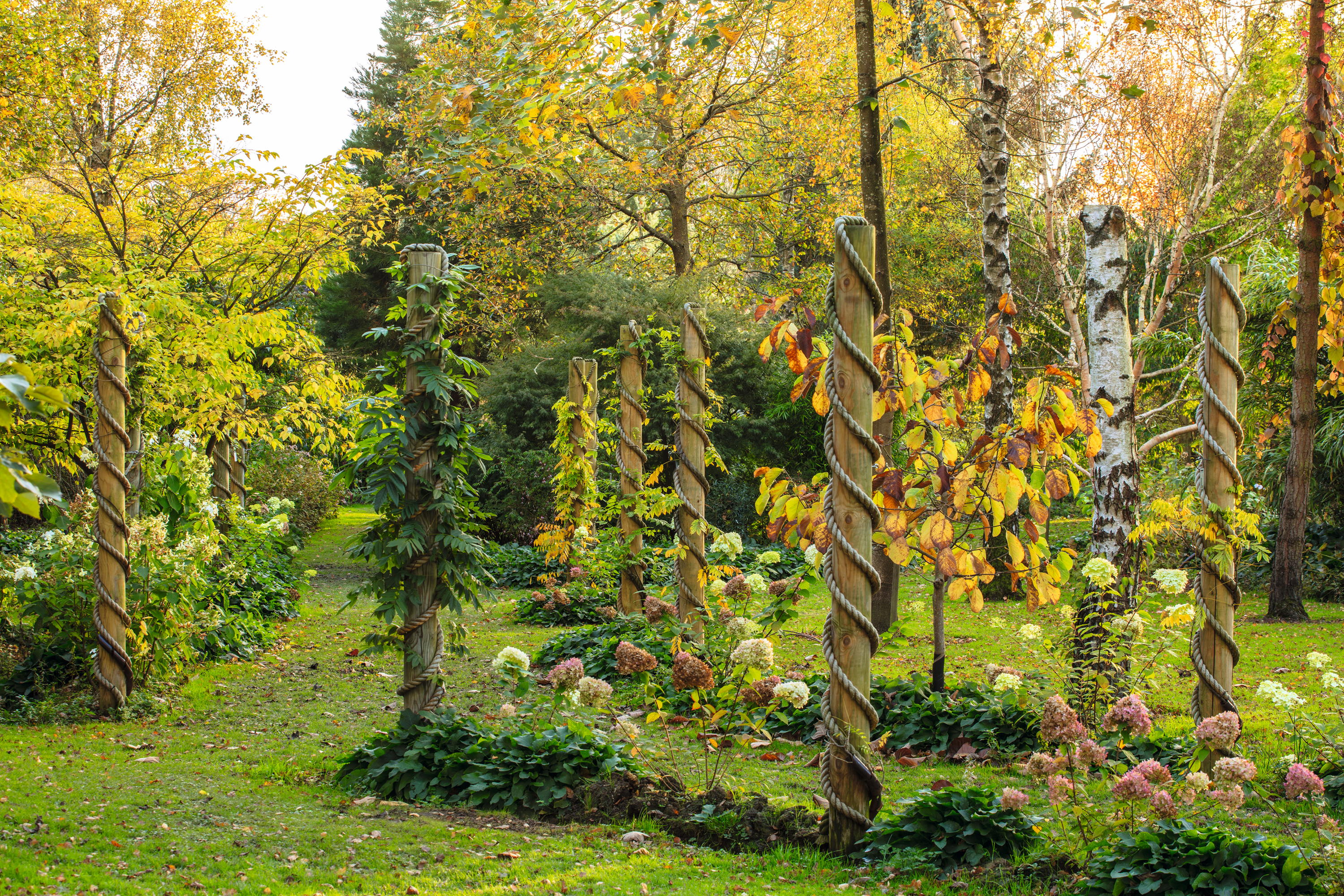
Hydrangeas on the lawn at Bluebell Nursery and Arboretum, which is informally planted to offer a variety of microclimates.
A plant without labels is of no value to visitors, so it is a pleasure to discover that every tree and shrub at Bluebell Arboretum is invariably labelled with its name and date of planting. Many of the trees also have an A4 aluminium noticeboard with a full history of the plant, its origins, its value in a garden, its cultivation and its distinctiveness. These provide a valuable educational experience for everyone from chattering schoolchildren to studious adults who are thinking about planting more trees — or even an arboretum of their own.
The soil at Bluebell Arboretum has a pH of 6.8, which is not ideal for such plants as rhododendrons that love more acid conditions. The Vernons used sulphur chips to lower its pH and make the soil more suitable for such plants. The size and vigour of the camellias is testament to the success of this strategy, which has also improved the autumn colour of the maples, red oaks and liquidambars. All are stars of the garden in autumn.
The adjoining nursery — always open to visitors — has a busy mail-order trade, but is best seen at the same time as visiting the arboretum, because it is full of rare trees and shrubs that one may have walked past without noticing. Suzette Vernon died in 2022 after a long illness and her husband is now in his seventies, but, fortunately, their elder son, also called Robert, read Horticulture at university and has taken over much of the responsibility for both the nursery and the arboretum. His commitment to the future of Bluebell Arboretum is as passionate as that of his parents. There is so much to see, admire and think about.
Bluebell Nursery and Arboretum, Annwell Lane, Smisby, Ashby-de-la-Zouch, Derbyshire — www.bluebellnursery.com
This feature originally appeared in the print edition of Country Life — here's how you can subscribe to Country Life magazine.
Charles Quest-Ritson is a historian and writer about plants and gardens. His books include The English Garden: A Social History; Gardens of Europe; and Ninfa: The Most Romantic Garden in the World. He is a great enthusiast for roses — he wrote the RHS Encyclopedia of Roses jointly with his wife Brigid and spent five years writing his definitive Climbing Roses of the World (descriptions of 1,6oo varieties!). Food is another passion: he was the first Englishman to qualify as an olive oil taster in accordance with EU norms. He has lectured in five languages and in all six continents except Antarctica, where he missed his chance when his son-in-law was Governor of the Falkland Islands.
-
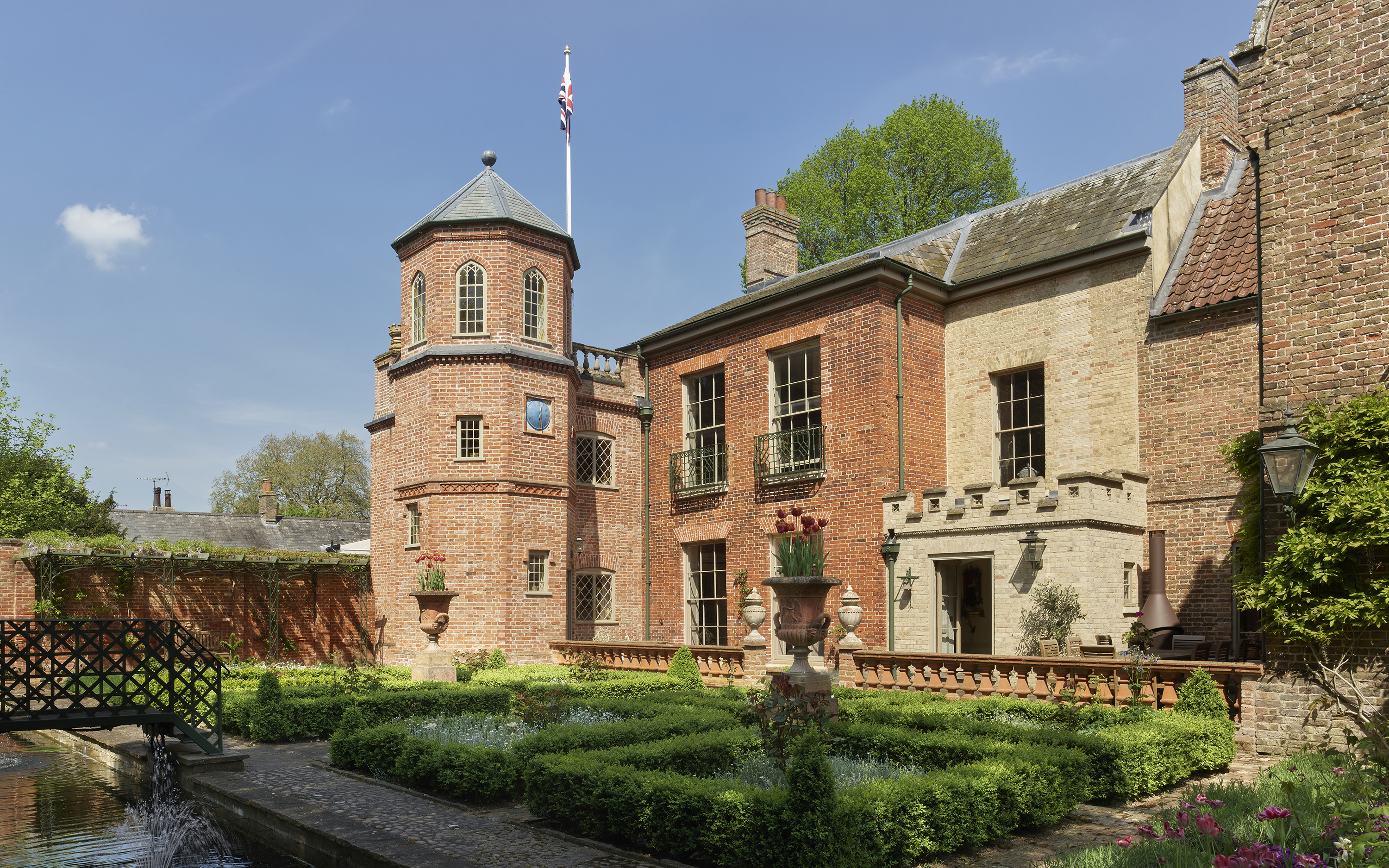 Northwold Manor: 'A place of delight once more after half a century of chaos and neglect'
Northwold Manor: 'A place of delight once more after half a century of chaos and neglect'A heroic restoration project has transformed Northwold Manor in Norfolk — home of Professor Warwick Rodwell and Ms Diane Gibbs — after more than 50 years of being left neglected. It has also illuminated its remarkable history, as John Goodall explains; photography by Paul Highnam for Country Life.
-
 In search of London’s earliest pint
In search of London’s earliest pintEarly houses — pubs open in the early hours to feed and water the market trade — have been a cornerstone of London for centuries. Yet, as Will Hosie finds, they aren’t stuck in the past.
